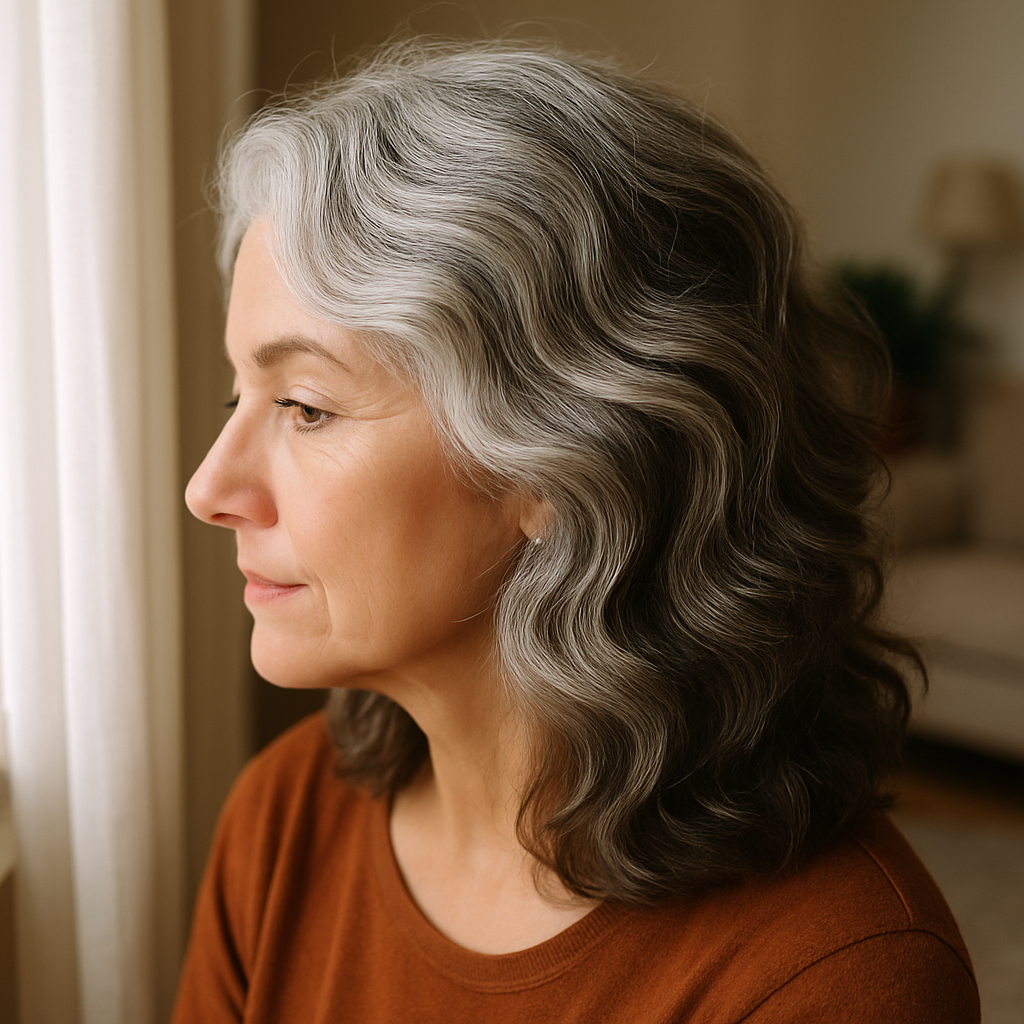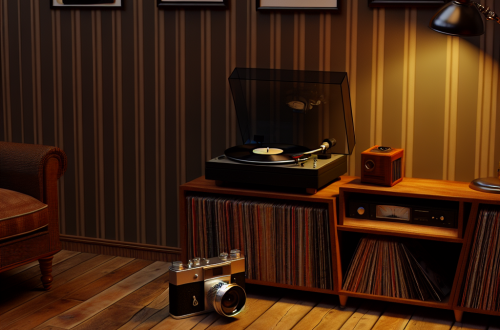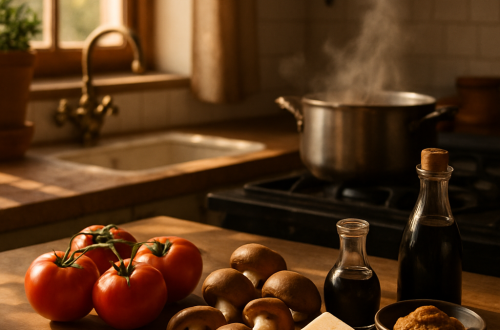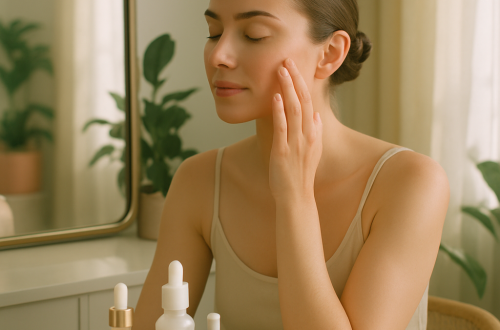The science of hair aging and how to maintain youthful strands

Hair is one of those things we might not think about until something goes awry. It’s like a loyal friend, always there and doing its thing without complaint until it doesn’t. Suddenly, you notice it: your once vibrant strands are starting to look a bit weary. They’re not holding their bounce, the shine is dulled, and, oh boy, the grays. Why does hair seem to age before we’re ready to admit we are too? Let’s untangle the science behind hair aging and see what can be done to keep those strands looking as youthful as you feel at heart.
What’s Happening Up There?
Hair aging is a multi-faceted affair. It’s a bit like watching your favorite sweater gradually lose its shape and color. As we age, our hair undergoes structural changes that affect its appearance and texture. The process is largely influenced by genetic, environmental, and lifestyle factors. You see, each hair on your head grows from a follicle, and these little guys are like the engines of your hair they need to be in tip-top shape to produce healthy hair.
Sebum production, which is the natural oil our scalp secretes, tends to decrease with age, leading to drier hair. And let’s not forget the inevitable reduction in melanin production, causing those charming gray strands. As Dr. Zoe Draelos, a dermatologist and clinical consultant, explains, “Melanin is responsible for hair color, and as its production dwindles, hair turns gray or white.”
The scalp’s skin also thins out and loses some of its elasticity over time. This isn’t just about appearance it’s also about the structural integrity of your hair’s roots. When the scalp isn’t as firm, hair can appear more limp and lifeless. Additionally, the hair growth cycle itself can become disrupted, with hair spending more time in the resting phase (telogen) rather than the growing phase (anagen). This shift can contribute to thinning hair.
Stress and Other Culprits
Ah, stress the modern-day nemesis of good health. It’s no secret that stress can cause a plethora of health issues, and your hair isn’t immune. Chronic stress can lead to hair shedding, and it might even speed up the appearance of gray hairs. A study published in Nature Medicine by researchers at Harvard University found that stress activates nerves that are part of the fight-or-flight response, which can cause permanent damage to pigment-producing stem cells in hair follicles.
But stress isn’t the only villain in this tale. Environmental factors like UV exposure, pollution, and smoking can also take a toll on your hair. Just like skin, hair can suffer from oxidative stress due to free radicals, which can prematurely age hair.
There’s this thing my friend Laura swears by a hat collection that rivals a boutique store. She’s convinced that her sun hats are preserving her hair color. I used to roll my eyes, but now, I’m thinking she might be onto something. Protecting your hair from sun damage is just as important as slathering on that SPF.
How to Keep Hair Looking Youthful
So, what’s the secret sauce for maintaining youthful hair? The good news is that several strategies can help mitigate the aging process and keep hair looking its best.
First off, nutrition plays a starring role. A diet rich in vitamins and minerals can directly impact the health of your hair. Omega-3 fatty acids found in fish like salmon and mackerel are great for maintaining shine and reducing inflammation around hair follicles. Meanwhile, biotin, zinc, and iron are essential for strong hair growth. Dr. Francesca Fusco, a renowned dermatologist and hair expert, suggests that supplementing with a biotin or multivitamin can support hair health, especially if dietary intake is insufficient.
Then there’s the matter of hydration. Keeping your hair and scalp well-moisturized is crucial. Switching to a sulfate-free shampoo can prevent your hair from drying out, as sulfates can strip natural oils from the scalp. Incorporating a deep-conditioning treatment or hair mask once a week can also work wonders. Personally, I had a love affair with argan oil masks last winter they left my hair feeling like silk.
Embracing Change and Colorful Solutions
Now, about those grays. While some embrace them as a badge of wisdom, others prefer to hide them. Both choices are valid, and there are plenty of options out there for those who want to color grays. Techniques like balayage or lowlights can blend grays beautifully and require less frequent touch-ups than full color.
But here’s a twist: some experts believe that gray hair might actually be stronger than pigmented hair. This is because the cortex of gray hair tends to be thicker. So, if you’re seeing more grays, it might not be all bad news.
If coloring isn’t your style, there are also topical treatments designed to enhance the appearance of graying hair. These products often contain ingredients that coat the hair, giving it a glossy, more youthful look.
Embracing Imperfection
Here’s the thing, though. As much as we’d like to control the aging process, there’s a certain beauty in letting nature take its course. I’ve seen friends go through the cycle of embracing and then fighting the natural state of their hair one minute they’re all about the natural gray, and the next, they’re back to the dye. It’s a personal journey, and there’s no right or wrong way to handle it.
Aging hair, much like aging itself, tells a story. Each gray hair, each wrinkle, reflects moments lived and lessons learned. While science and products can help us maintain a youthful appearance, maybe the real trick is to wear our age with confidence. After all, isn’t that what makes any art truly stunning?


